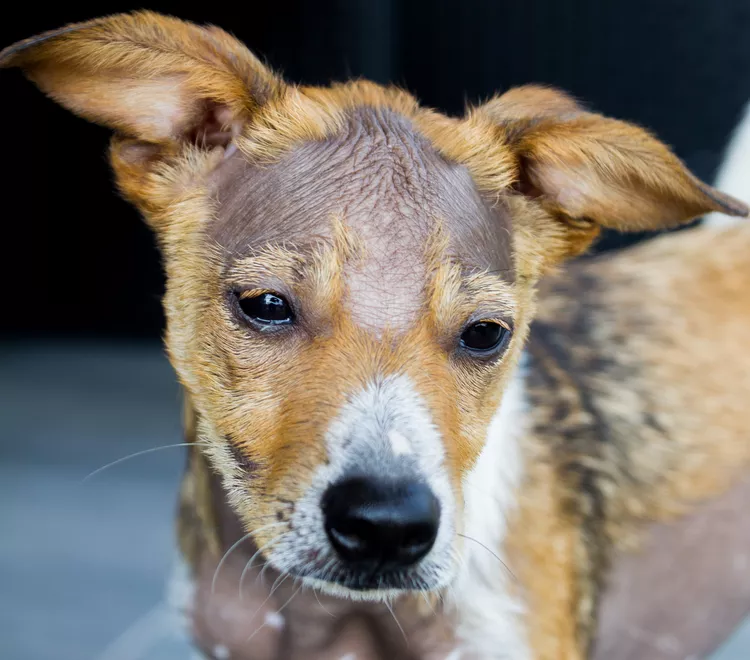
Alopecia is a medical term that refers to baldness or hair loss in areas that normally are hairy. There are many reasons a dog can develop alopecia, including allergies, skin infections, parasites including fleas or mange mites, overgrooming, lack of protein in the diet, and genetics. Depending on the cause, alopecia might be a temporary condition that can be treated, or it might be a permanent condition. Luckily, although it can be unsightly, alopecia is generally not part of a life-threatening condition, and your dog can usually lead a normal, happy life even without all of its fur.
While any dog can develop alopecia that stems from external factors such as mange, skin infections, or behavioral issues, certain breeds are more prone to inherited types of alopecia. Dachshunds, Chihuahuas, standard poodles, and Bernese mountain dogs are just a few of the breeds prone to genetic types of alopecia.
Alopecia is the medical term for hair loss or baldness. Many different types of alopecia affect dogs. With most types of alopecia, the dog's fur loss is temporary and hair growth resumes once the root cause is treated. However, inherited forms of alopecia are sometimes permanent or recurring conditions.
Depending on the cause of the alopecia, the dog might lose most of the fur on its body, but more often, alopecia leads to partial hair loss in the form of localized bald spots, symmetrical hair loss on one or both sides of the body, or fur that looks thin and moth-eaten.
Alopecia can affect any part of your dog's body, but most often appears on the ears, the top of the head, the belly, or the flanks.
The most obvious symptom of alopecia is hair loss, but other symptoms can accompany this condition, depending on the cause.
Alopecia that's caused by a hereditary or hormonal issue often has no symptoms beyond the changes to the dog's coat. However, when hair loss stems from an infestation of parasites, such as fleas or mange mites, a fungal or bacterial infection in the skin, such as ringworm, or allergies, your dog will often be itchy and scratch excessively.
Damaged skin tends to accompany the itchy forms of alopecia. You'll see dandruff or flakiness on your dog's skin and might note reddened or darkened skin, as well. If the inflammation is severe, there might be crusty or weeping spots on the skin. Usually, your dog will lick, scratch, or rub at the irritated areas to gain relief from the discomfort.
Alopecia can occur for a number of reasons, but causes are typically lumped into two categories: congenital or acquired. Congenital alopecia means the dog is born with hair follicles that do not develop normally, usually due to genetics. Symptoms of these types of alopecia can appear when the dog is still a puppy or later in young adulthood.
Acquired alopecia means the dog was born with a normal coat and normal hair follicles, but now has areas of baldness or hair loss due to damage to the hair follicles, issues with the hair shaft itself, or a slowdown in the normal hair-growth cycle.
Many causes of alopecia have specific names, while others are simply symptoms of another illness or condition. Some named types of alopecia include:
Alopecia can also occur due to parasites such as mites or fleas, environmental or food allergies, bacterial or fungal infections, hormonal issues such as low thyroid hormone (hypothyroidism) or high cortisol (Cushing's disease), some tumors, topical medications, and even seasonal fluctuations.
Certain breeds of dogs are predisposed to developing various types of congenital alopecia. Breeds that are commonly affected by different types of alopecia include:
If your dog develops bald spots or thinning of its coat, one of your veterinarian's first questions is likely to be whether or not you have observed signs of itchiness, such as scratching excessively. Itchiness typically indicates an inflammatory cause of alopecia or a response to food or environmental allergies. In these cases, your vet will look for signs of skin infections from yeast, ringworm, or bacteria and also examine the dog for signs of pest infestations, including fleas or mange mites.
Along with the physical examination, your vet might order skin scrapings or biopsies of the affected areas for microscopic examination, which can reveal typical changes associated with inflammation. Blood tests can sometimes reveal an increase in certain types of white blood cells that indicate allergies.
If your dog is not itchy, the veterinarian will likely order blood tests to check for abnormalities with the dog's thyroid, as well as blood tests that give an impression of the dog's overall health. The vet will also carry out a full physical examination, considering the symmetry of the bald spots, their location, changes to the underlying skin, and the appearance of the remaining hairs.
If your veterinarian is unable to decisively diagnose the cause of the alopecia, they might refer you to a veterinary dermatologist. However, it is not uncommon for alopecia to be simply diagnosed as idiopathic, meaning the cause is unknown.
The treatment for alopecia in dogs will vary based on the underlying reason for the hair loss. If the problem is due to a skin infection or irritation, the treatment will involve topical or oral forms of anti-parasitics, antibiotics, antifungals, or anti-inflammatory medications.
If the alopecia is due to thyroid or adrenal disorders, treatment to relieve or reverse the hormonal imbalance will usually also result in renewed hair growth. If allergies are the source of the problem, then removing the trigger—often it's a food—as well as giving the dog antihistamine medications can bring relief from the itching that caused the dog to scratch away at its fur.
Unfortunately, many forms of congenital alopecia do not have effective treatments, other than keeping the dog's skin moisturized to help avoid dryness or flakiness.
Although many forms of alopecia cannot be cured or treated, they do not shorten a dog's life or affect the quality of that life. For the most part, alopecia is a cosmetic issue that can be unsightly but won't prevent your pet from leading a happy and otherwise healthy life.
Some types of alopecia are preventable while others are out of a dog owner's control. Using parasite control and making sure any hair accessories are not applied too tightly are the best ways to prevent these avoidable types of alopecia. Other types of alopecia that are due to a genetic or auto-immune cause are not preventable but may be lessened for future generations with selective breeding.
Hair loss itself is not contagious, but ringworm, which is one cause of alopecia, is contagious to humans and other pets in the home, as are many types of mange mites. If your dog's alopecia is due to one of these causes, you'll need to take precautions against the spread of infection by washing the dog's bedding, keeping the infected dog separated from other pets in the home, and taking care to wash your hands thoroughly after petting your dog or applying medications to its skin.

Exploring the Different Types of Pet-Friendly Beaches
Are you looking for pet-friendly beaches? Learn about the different types of pet-friendly beaches, their locations, and tips for visiting them with your pet.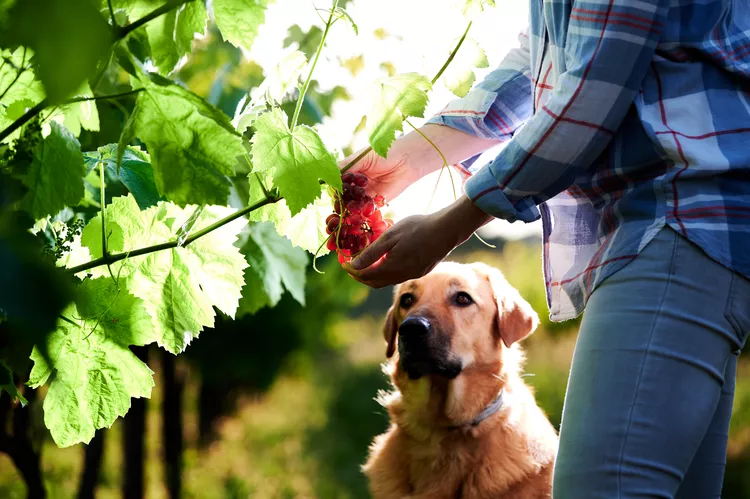
Exploring Pet-Friendly Wineries: Types, Locations, and More
Discover the different types of pet-friendly wineries, where to find them, and what to expect when you visit. Learn more with The Spruce Pets.
Why Is My Dog’s Eye Swollen?
If your dog's eye is swollen, she may need veterinary attention. The inflammation could be caused by allergies, an injury, or even a tumor.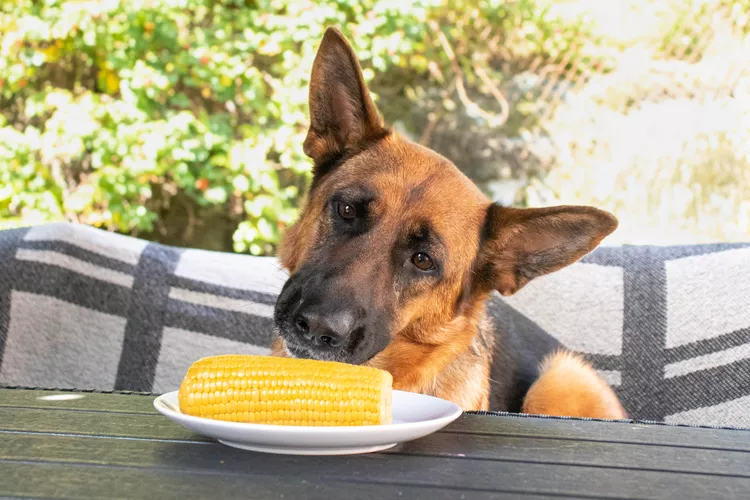
Can Dogs Eat Corn on the Cob?
Dogs love chewing on corn cobs, but this can cause serious harm. Learn about the dangers of corn cobs and find out what to do if your dog eats one.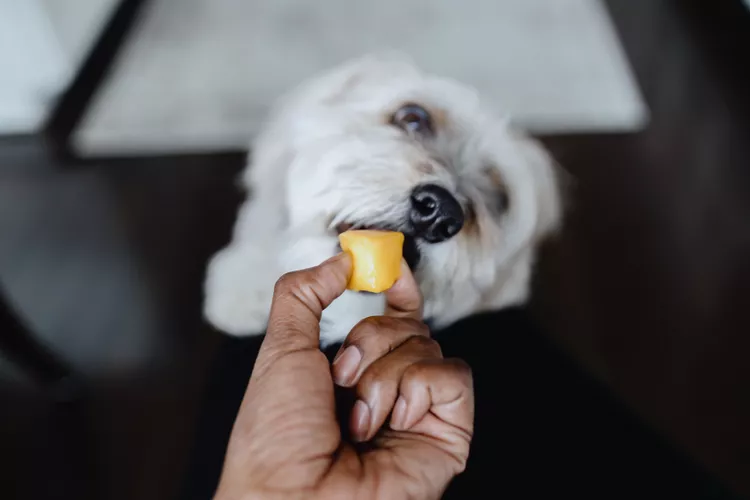
Can Dogs Eat Papaya? What to Know About Sharing This Tropical Fruit With Your Pup
Papaya is safe for dogs in moderation, and it can even provide some nutritional value for them. However, too much can cause digestive upset, and it's not suitable to share with dogs with certain health conditions.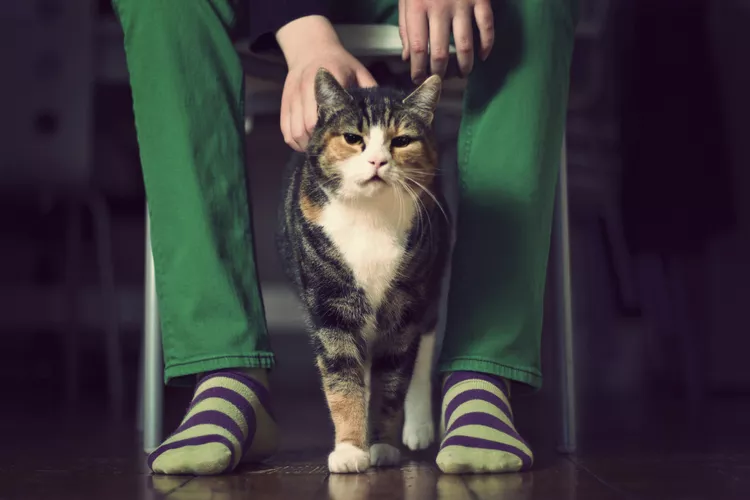
65 Irish Cat Names
Irish cat names can pay homage to historical places, local cuisine, famous Irish actors and musicians, or other wonderful aspects of the Emerald Isle.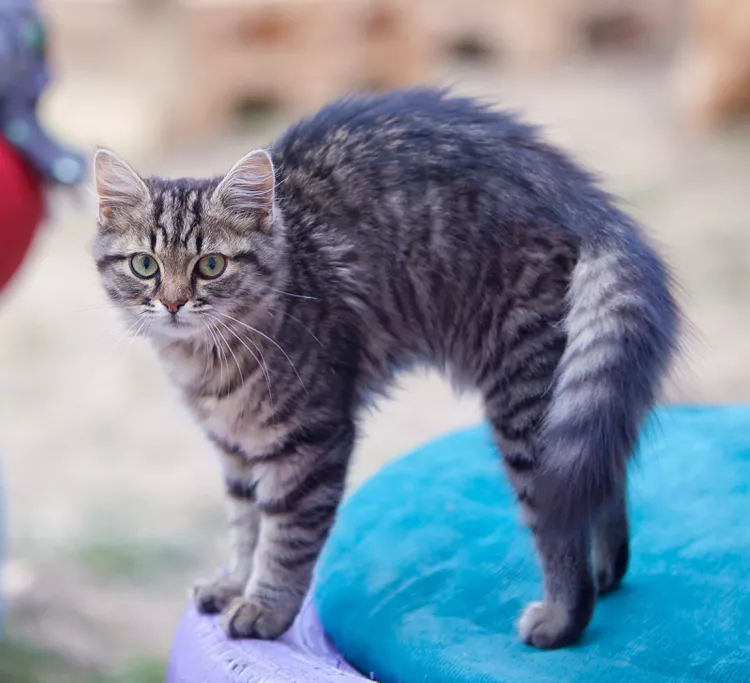
Feline Hyperesthesia Syndrome (FHS) in Cats
Rippling skin is more than dermal sensitivity in cats. It can be a sign of Feline Hyperesthesia Syndrome. Learn the causes, treatment, and prevention.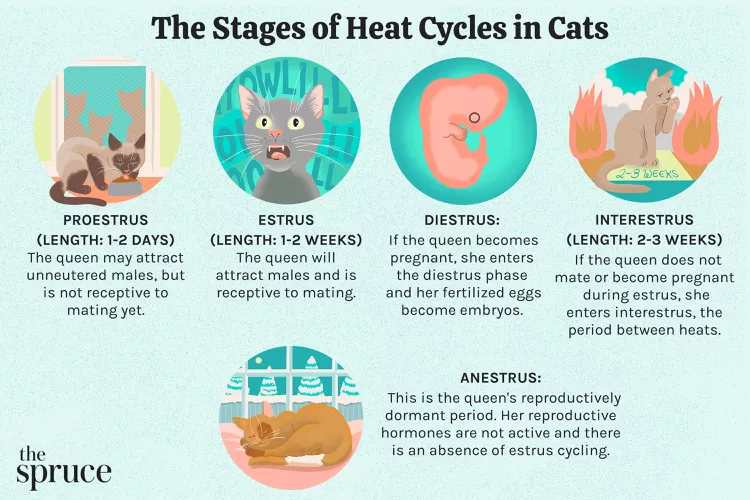
How Long Are Cats in Heat?
How long are cats in heat? Learn about the heat cycles of cats, also called estrus, as well as the reasons you should spay your cat.
Can Dogs Eat Raw Chicken Feet?
What are the potential health benefits of chicken feet for dogs? What are the risks?
Is Eucalyptus Safe for Cats?
Many products containing eucalyptus are not safe for cats, and it is important to be aware of the risks to your cat.
What You Need to Know About Homemade Cat Food
If you want to cook for your cat, make sure to read about the risks associated with homemade diets for cats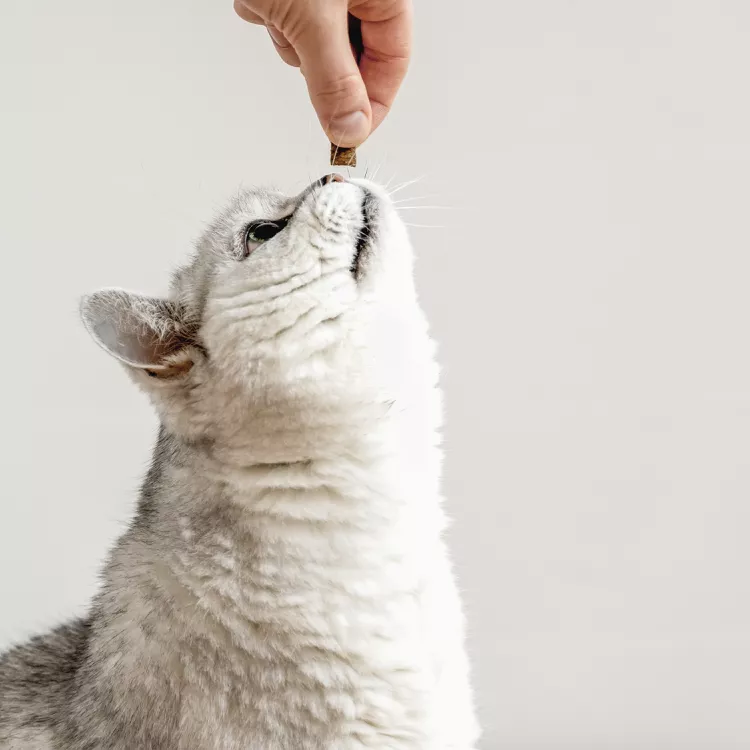
Can Cats Eat Peanut Butter?
Peanut butter is not toxic to cats, but it might not be the best choice of treat for them.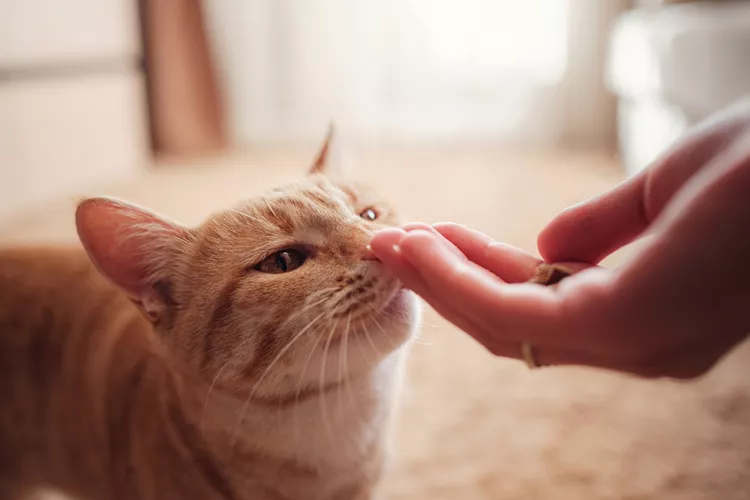
Can Cats Eat Cheese?
Can cats eat cheese? Is it healthy for them? How much can they eat and what should you do if you fear your cat has eaten too much cheese?
8 Flat-Faced Cats with the Cutest Smooshed Faces
These flat-faced cat breeds have a distinct and adorable appearance. Learn about their origins and traits, and the potential health risks tied to their unique facial structures.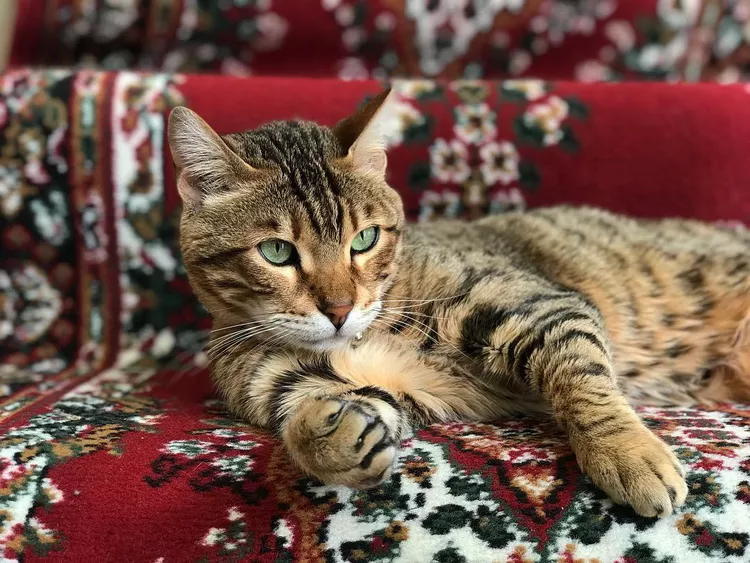
Pictures and Facts About Bengal Cats and Kittens
Bengal cats are a cross between wild cats and domestic cats. Learn more about what they look like and pictures of this beautiful spotted breed.
Top 10 Big House Cats
Larger cat breeds, like Maine coons and savannahs, deserve just as much love as their petite counterparts. These big house cats tip the scales.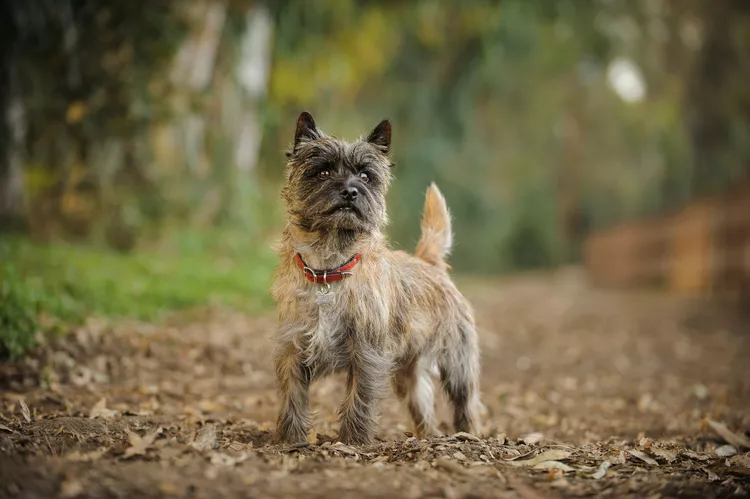
Cairn Terrier: Dog Breed Characteristics & Care
The cairn terrier is a spunky, affectionate, and intelligent dog from Scotland. The breed became famous when one played Toto in The Wizard of Oz. Learn about the temperament, history, health, and care needs of the cairn terrier dog breed.
Reasons Why Dogs Grind Their Teeth
Some dogs grind their teeth. Learn why dogs grind their teeth and if it can be harmful. Find out what to do about teeth grinding in dogs.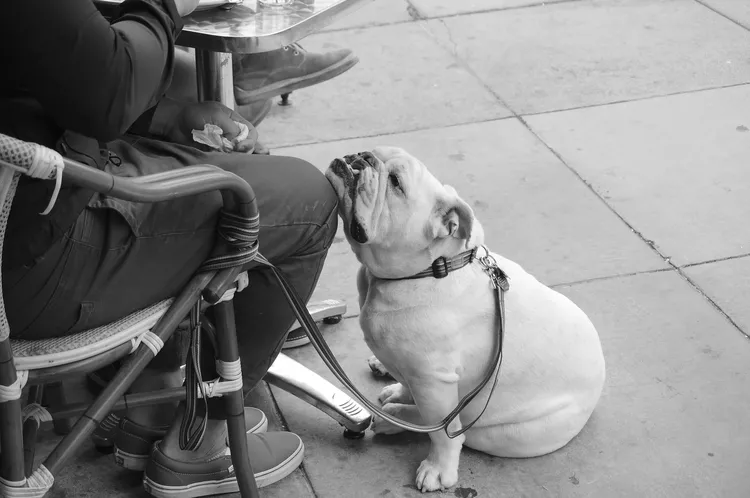
This Is Why Some Dogs Lean on People
Certain dogs really love leaning on their humans. What does this mean? Find out why dogs lean on people and if this is ever a problem.
Can Dogs Get Depression? How to Help Your Sad Dog
Can dogs get depression? Learn about the signs of depression in dogs and find out how to help your sad dog.